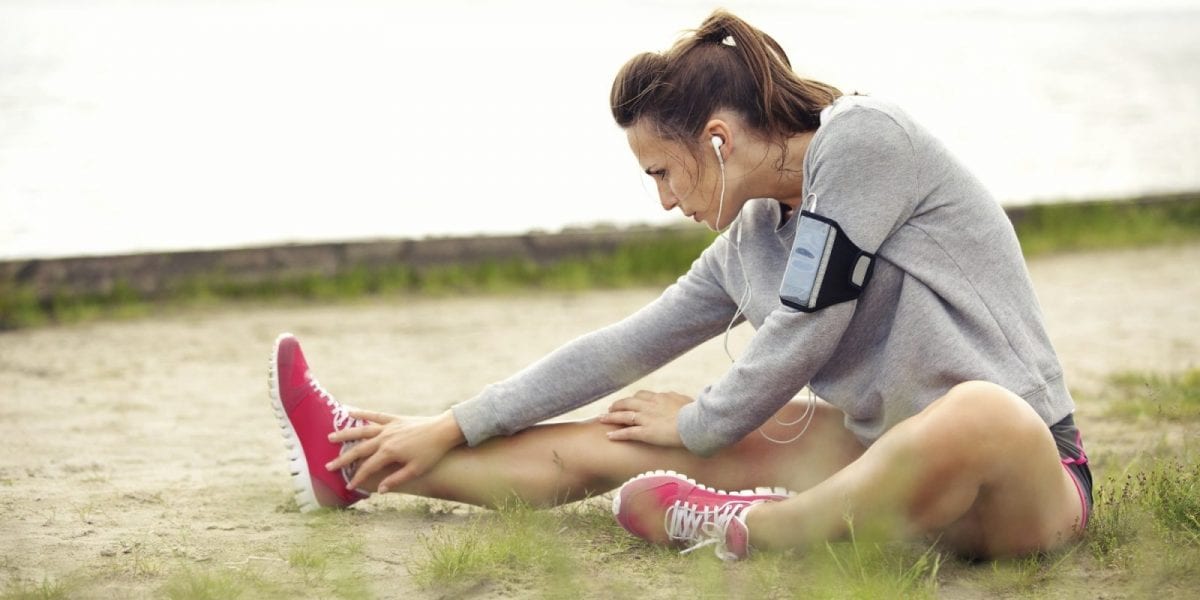Do you often skip your cool down after exercise? A small but soothing body of new research suggests that you aren’t missing out on much.
We were all taught by our grade one phys-ed teacher that the body needs a cool down period after exercise. Our coaches in high school told us that by slowing down to a jog or otherwise decreasing the intensity of our workout, followed by some stretching exercises, we could prevent muscle soreness, improve flexibility and speed recovery. This would all allow us to perform better physically the next day.
It appears however that none of these ideas stand up to new scientific studies very well.
In a study published last year in The Journal of Human Kinetics, a group of 36 adults undertook a one-time program of forward lunges while holding barbells, an exercise almost guaranteed to make people extremely sore the next day. Some of the participants warmed up beforehand by pedaling a stationary bicycle at a very gentle pace for 20 minutes. Others didn’t warm up but cooled down after the exercise with the same 20 minutes of easy cycling or some light yoga. The rest just lunged, neither warming up nor cooling down.
24 hours later, all of the volunteers submitted to a pain threshold test, in which their muscles were prodded until they reported discomfort. The volunteers who’d warmed up before exercising had the highest pain threshold, meaning their muscles were relatively pain-free.
Those who’d cooled down, on the other hand, had a much lower pain threshold; their muscles hurt. The cool-down group’s pain threshold was, in fact, the same as among the control group. Cooling down had bought the exercisers nothing in terms of pain relief.
Given these findings, then, is there any valid reason to cool down?
Yes, says Andrea Fradkin, an associate professor of exercise science at Bloomsburg University in Pennsylvania. “A cool-down has been shown to prevent venous pooling after exercise, or the buildup of blood in the veins,” she says. During prolonged, vigorous exercise, the blood vessels in your legs expand, meaning that more blood moves through them. Stop exercising abruptly, and that blood pools in your lower body, which can lead to dizziness or even fainting.
This can be combatted easily however by walking for a few minutes after your workout. This will allow for normal circulation to the brain.
Cooling down after exercising is crucial for helping your body transition from intense physical activity back to a resting state. Here are some tips to get the best benefits out of your cool down:
- Gradually decrease intensity: Instead of abruptly stopping exercise, gradually reduce the intensity of your workout. This can include slowing down your pace or decreasing resistance.
- Stretch major muscle groups: Incorporate static stretches for major muscle groups such as hamstrings, quadriceps, calves, and back. Hold each stretch for 15-30 seconds without bouncing.
- Focus on breathing: Use deep breathing techniques to help relax your body and bring your heart rate down. Inhale deeply through your nose, hold for a few seconds, and then exhale slowly through your mouth.
- Hydrate: Replenish fluids lost during exercise by drinking water after your workout. Proper hydration is important for muscle recovery and overall well-being.
- Foam rolling: Utilize a foam roller to release tension in muscles and improve flexibility. Roll over different muscle groups, focusing on areas that feel tight or sore.
- Include light activity: Incorporate light activities such as walking or gentle cycling into your cool down routine. This helps to gradually lower your heart rate and prevent blood from pooling in your extremities.
- Listen to your body: Pay attention to how your body feels during the cool down. If you experience any pain or discomfort, adjust your routine accordingly or consult a fitness professional.
- Reflect and relax: Take a few moments to reflect on your workout and how your body feels. Use this time to mentally unwind and relax, which can help reduce stress and promote recovery.
- Stay consistent: Make cooling down a regular part of your exercise routine. Consistency is key to reaping the full benefits of a proper cool down, including improved flexibility, reduced muscle soreness, and enhanced recovery.
- Consider professional guidance: If you’re unsure about the best cool down routine for your specific needs or goals, consider consulting with a fitness trainer or physical therapist. They can provide personalized recommendations based on your fitness level and any specific concerns you may have.
If a formal cool-down provides few confirmed physiological benefits, it may have a worthwhile psychological effect. “If you’ve done a very hard track session, it’s nice to end with some light jogging,” Dr. Tucker says, just to restore a subjective “sense of normality to your legs.
A cool-down, in other words, feels nice. Both mentally and physically.








